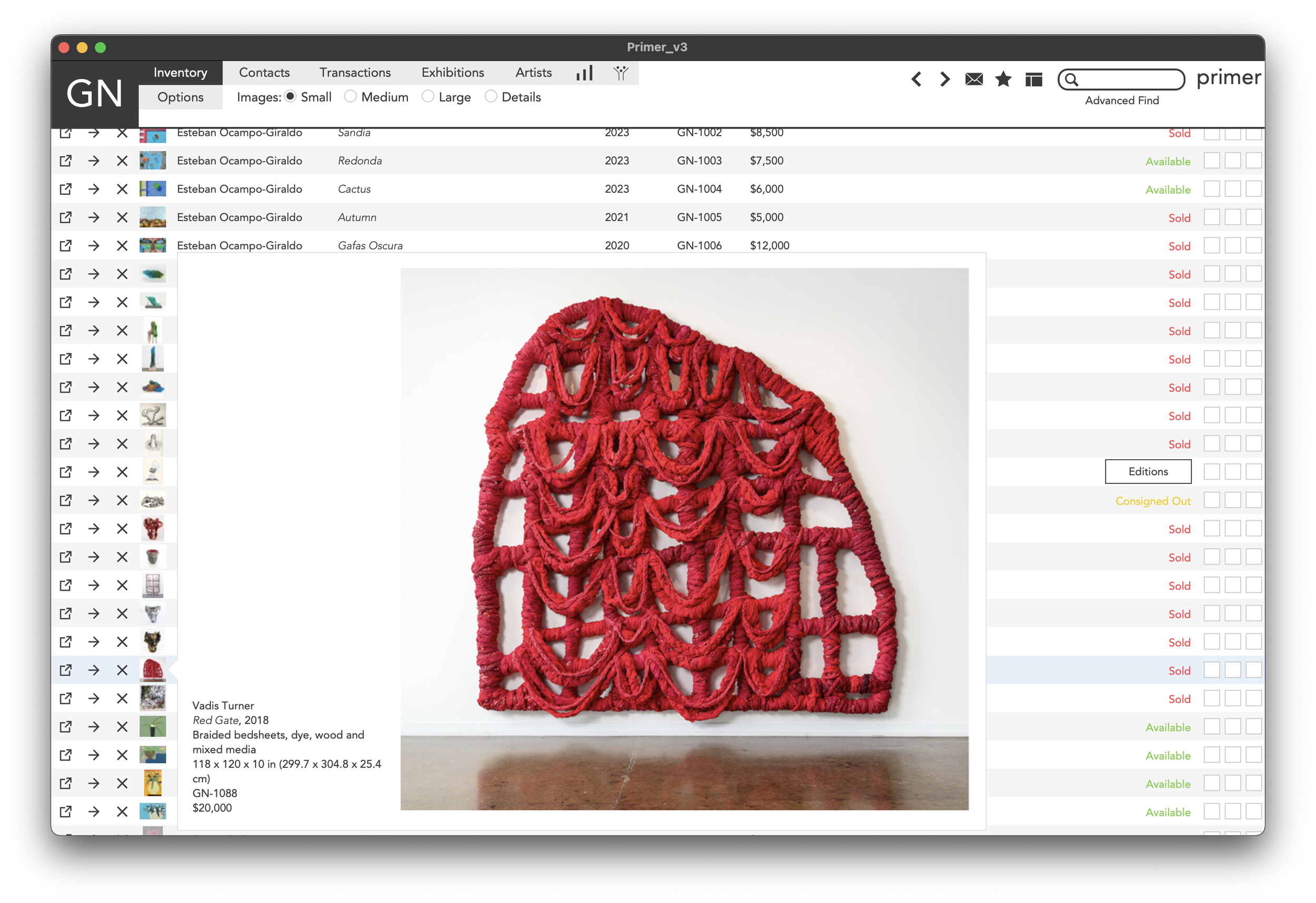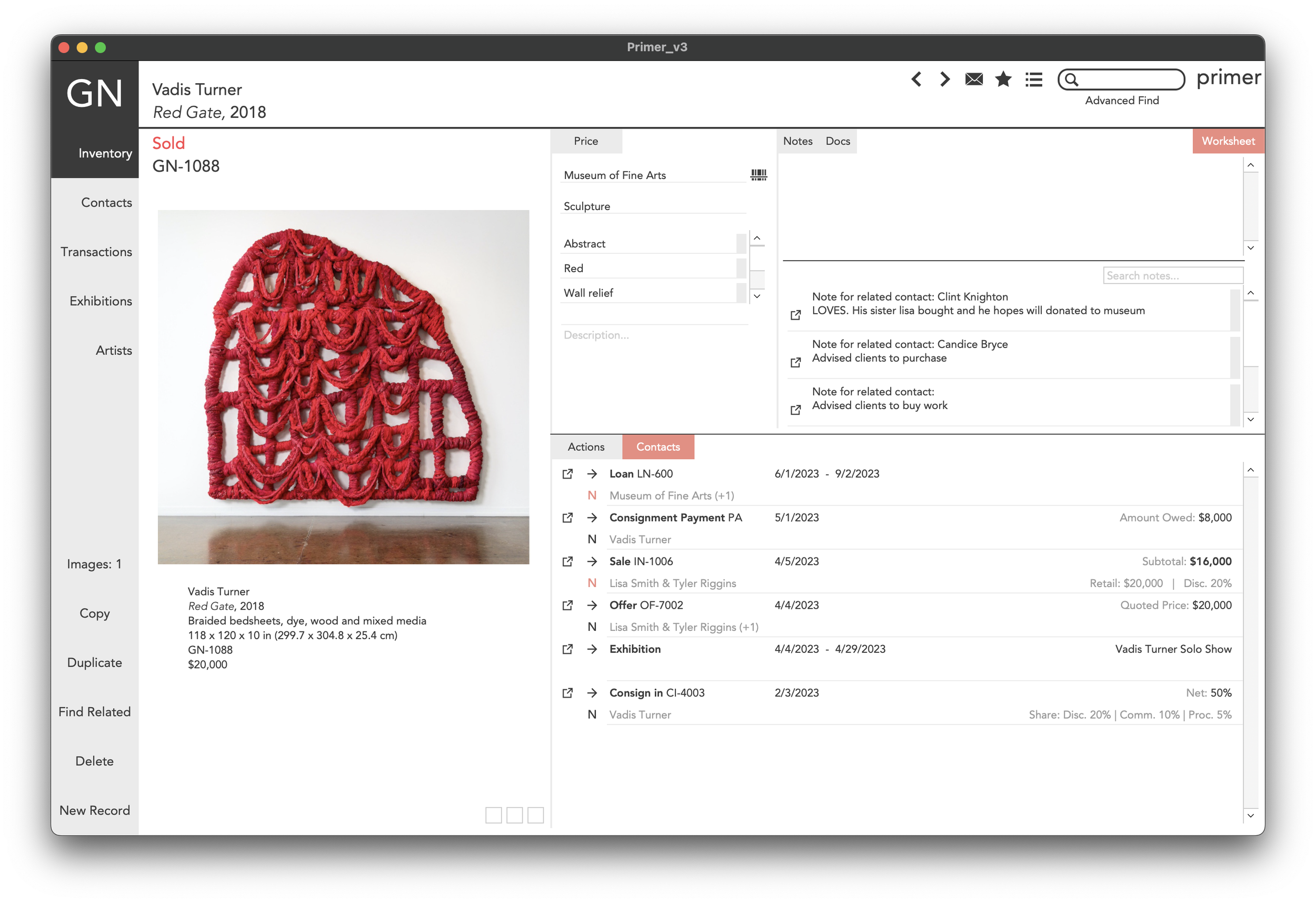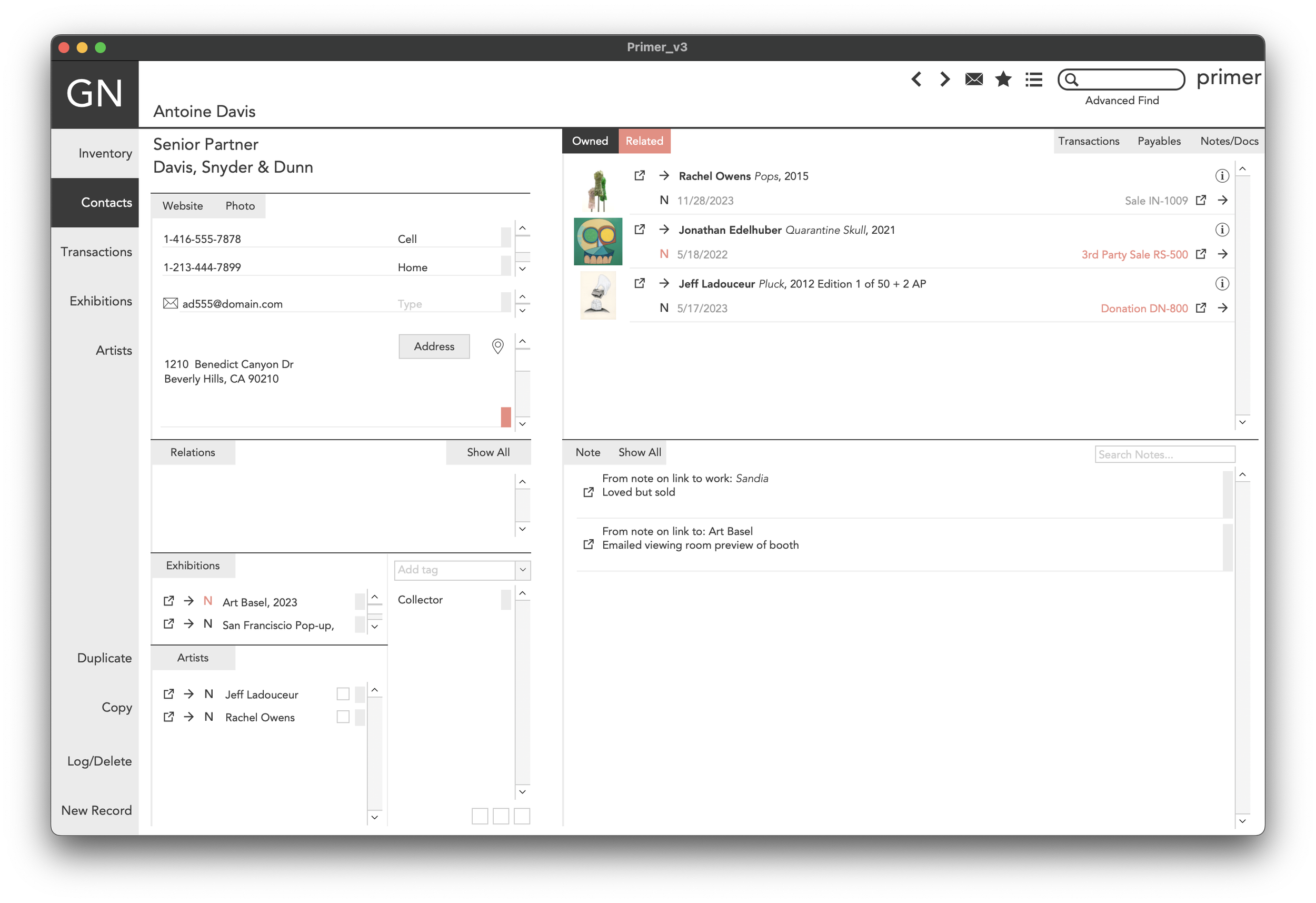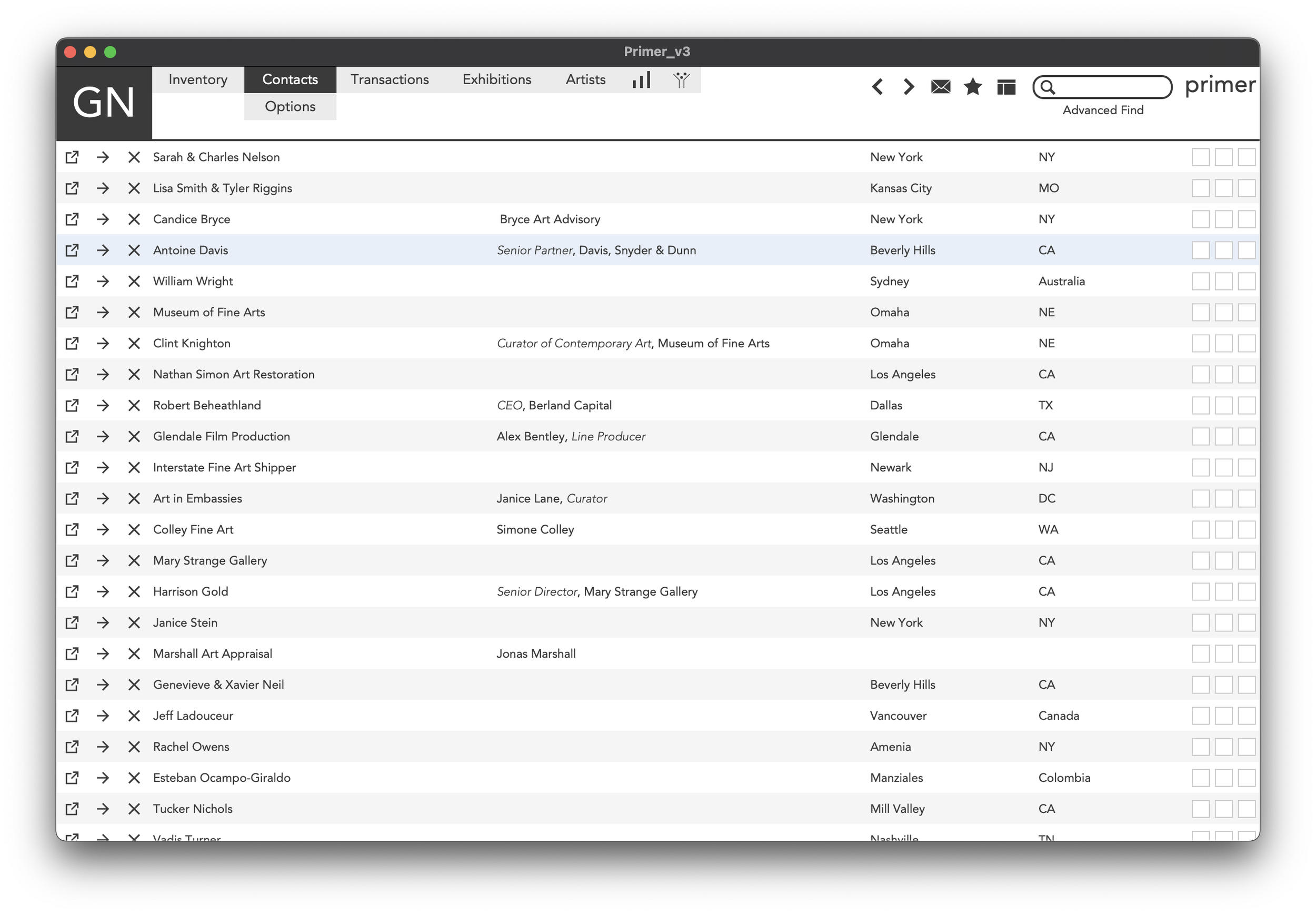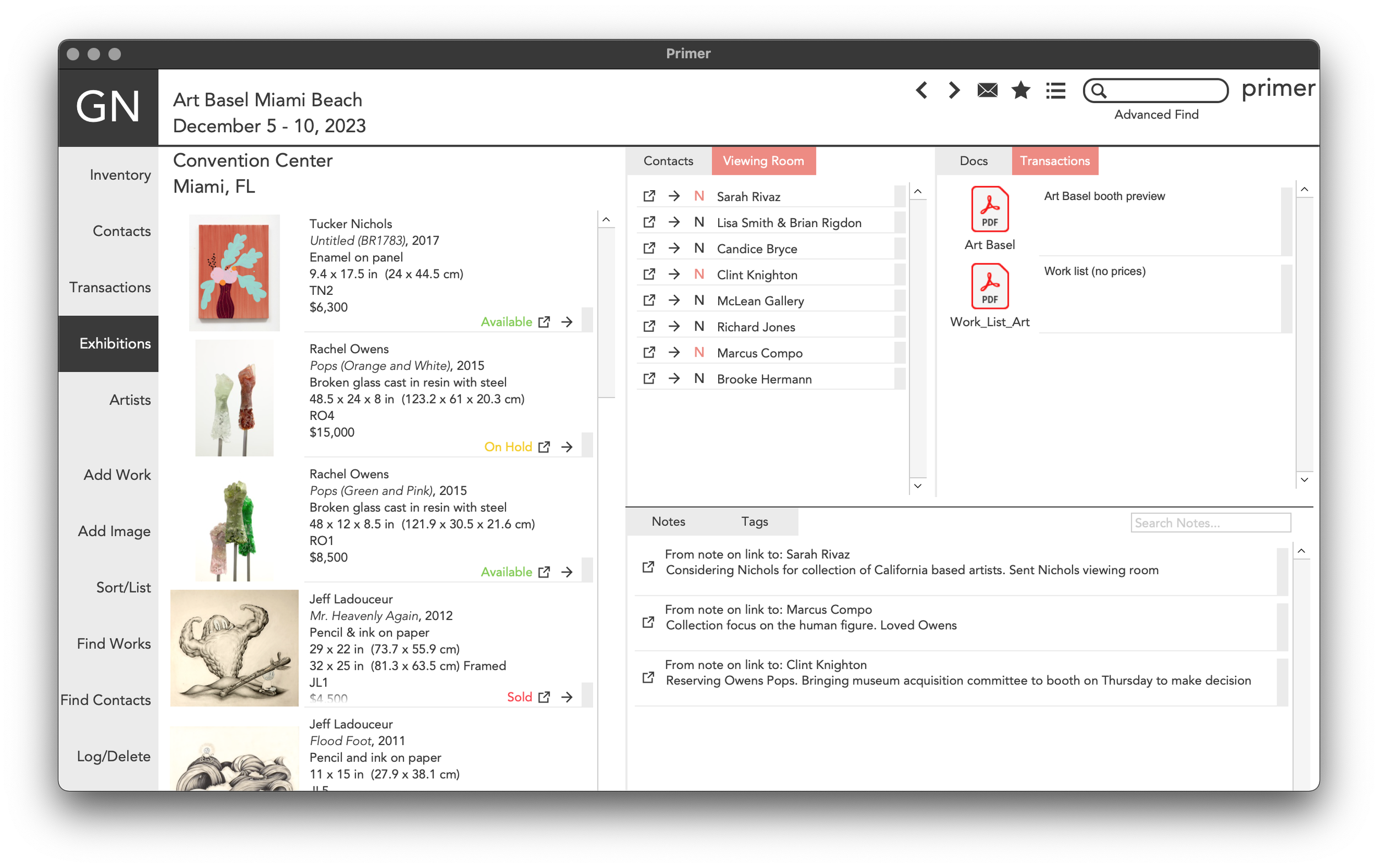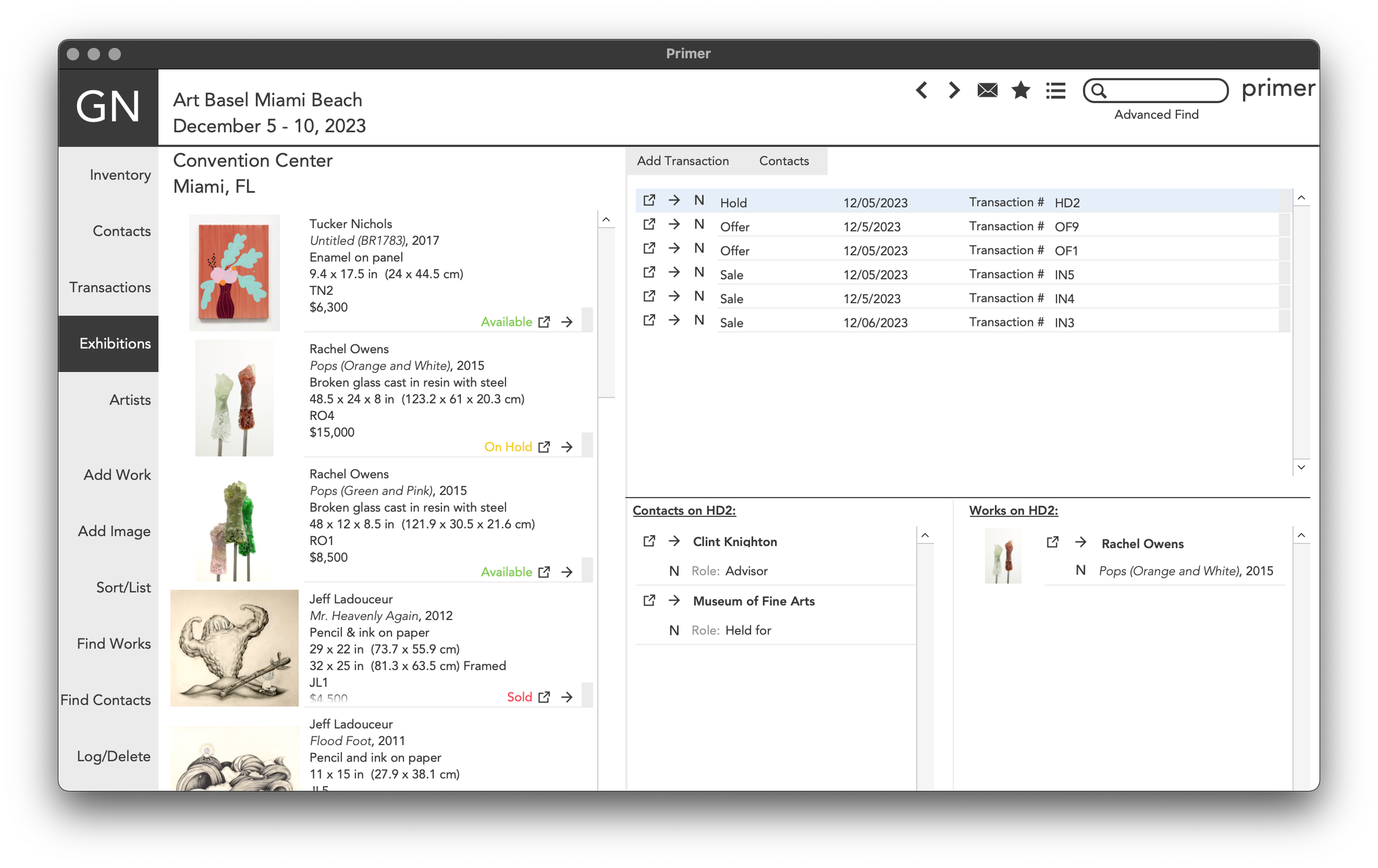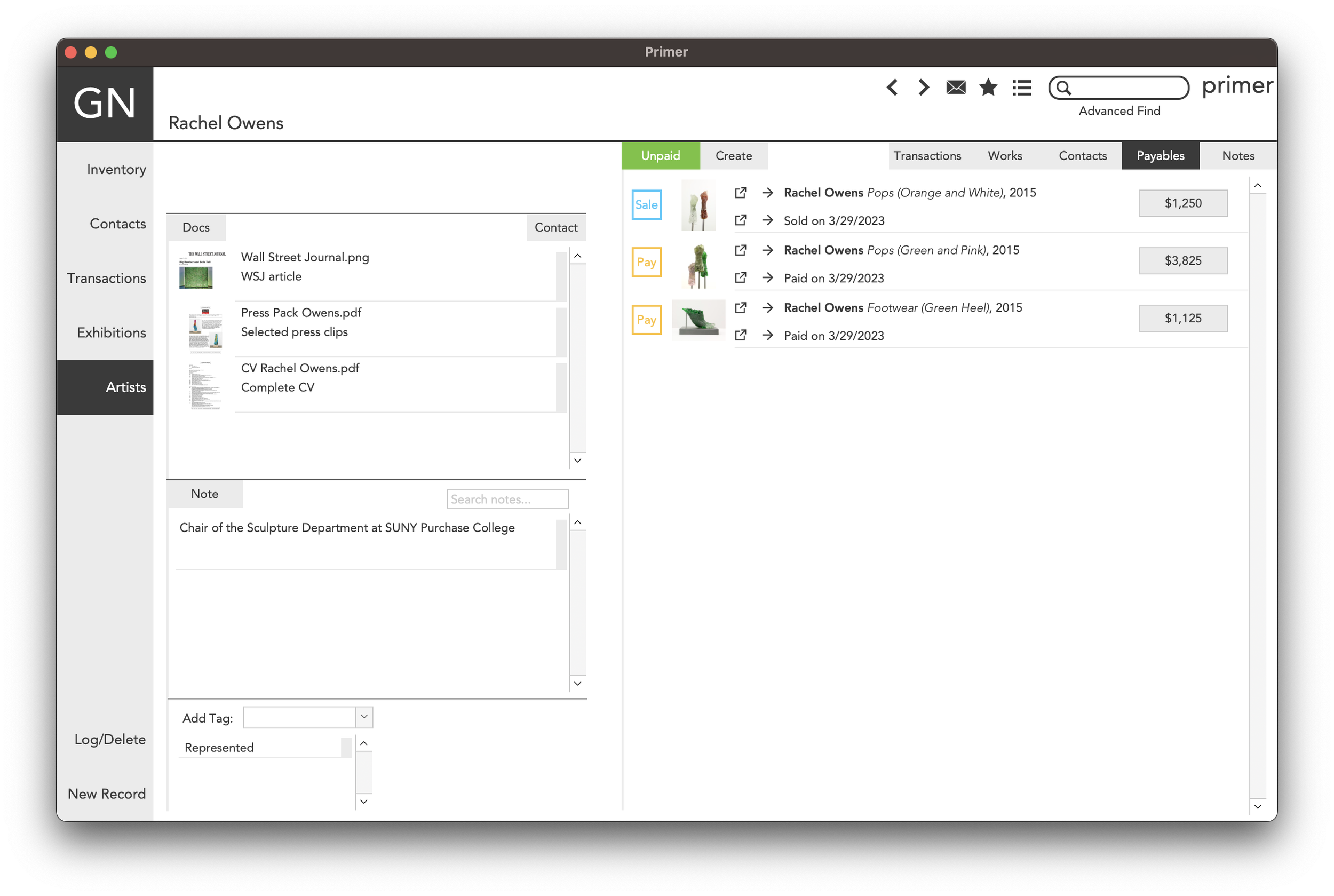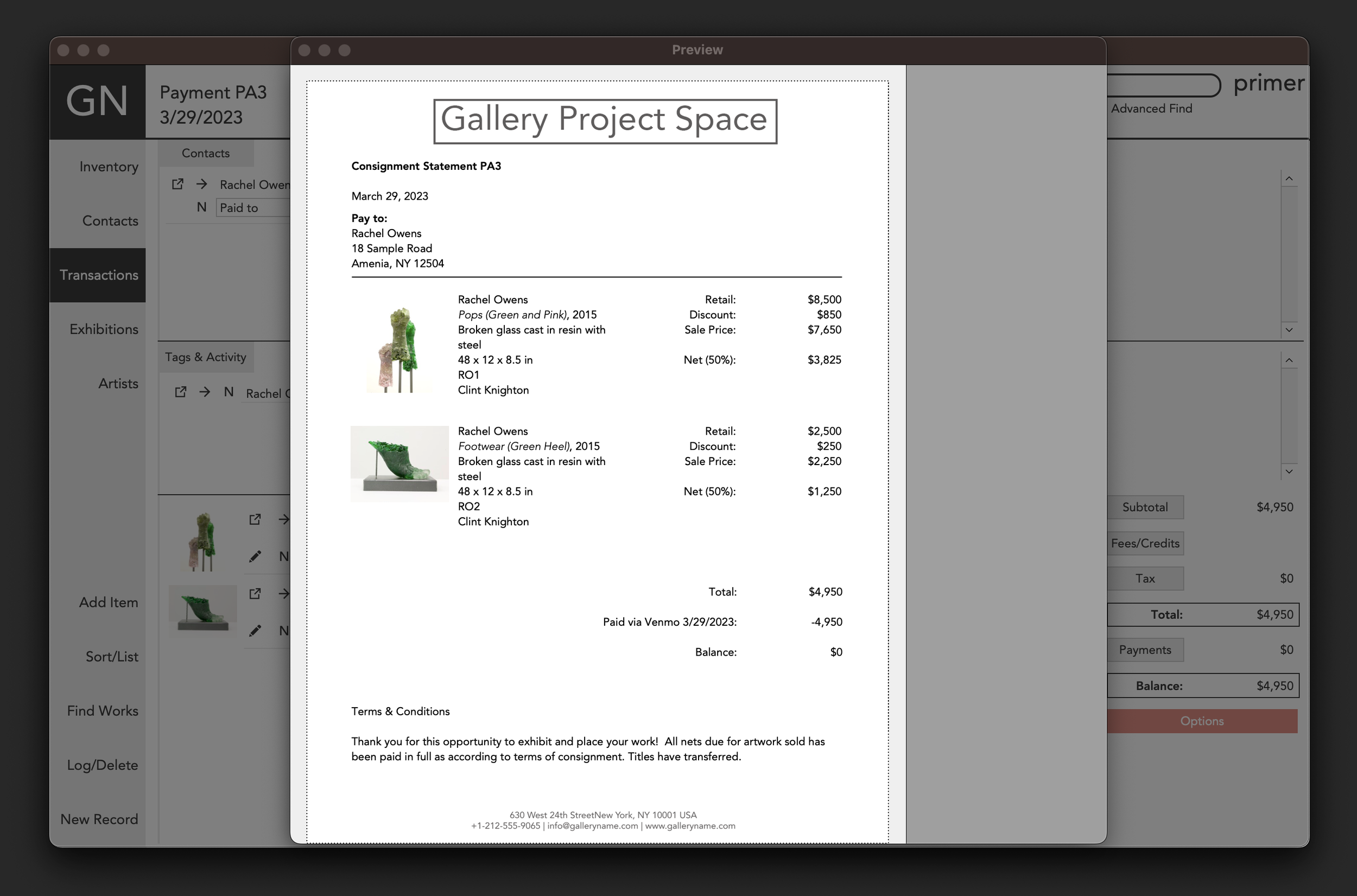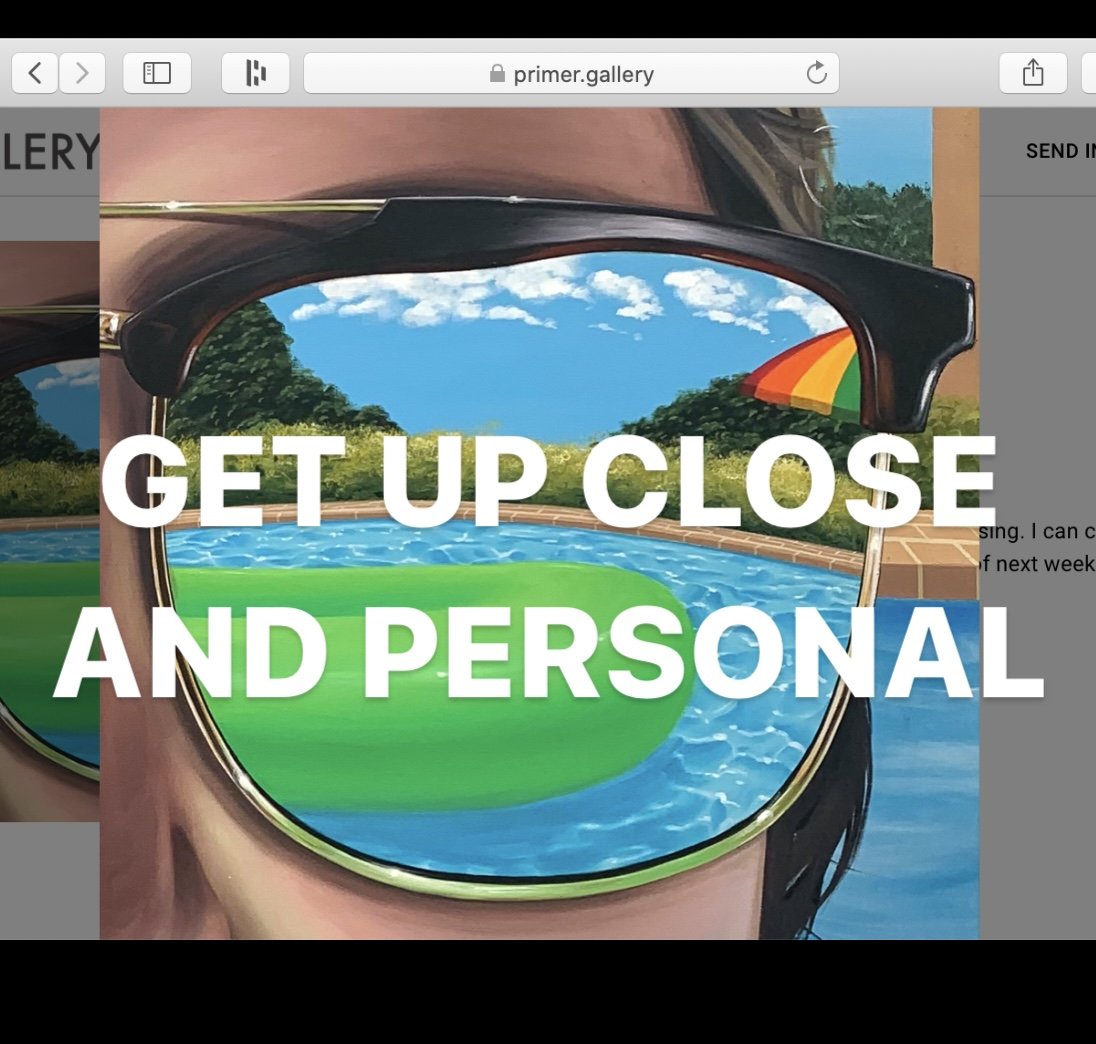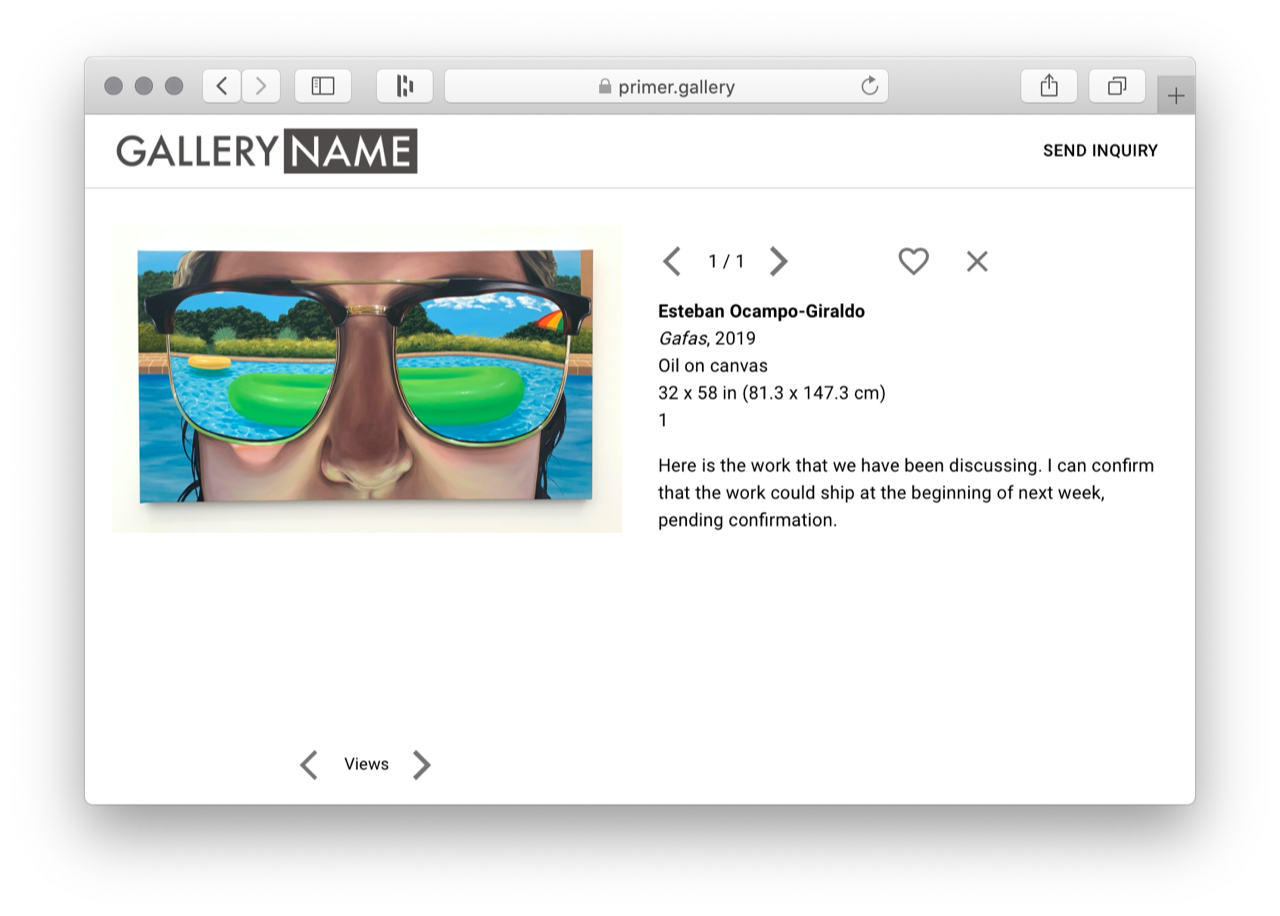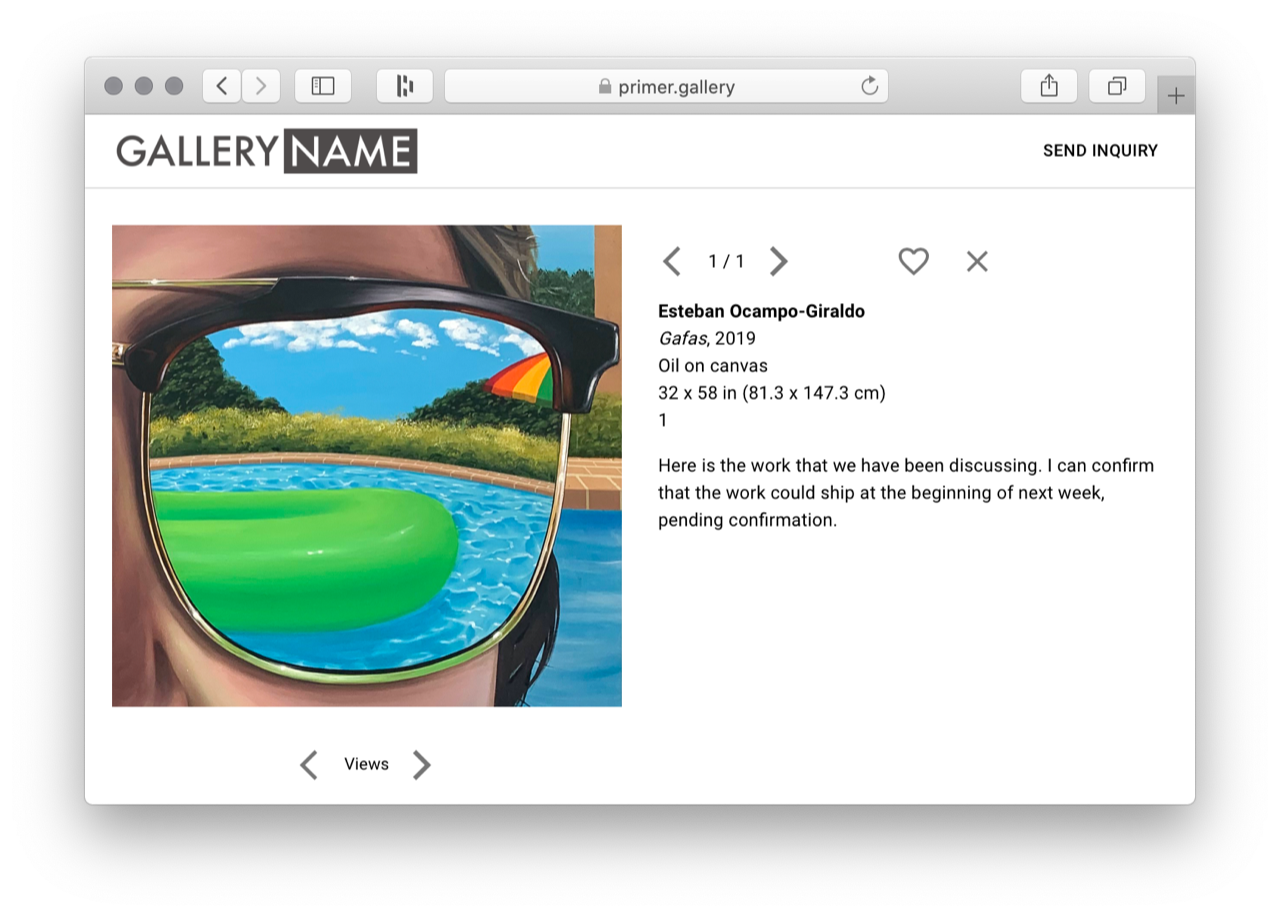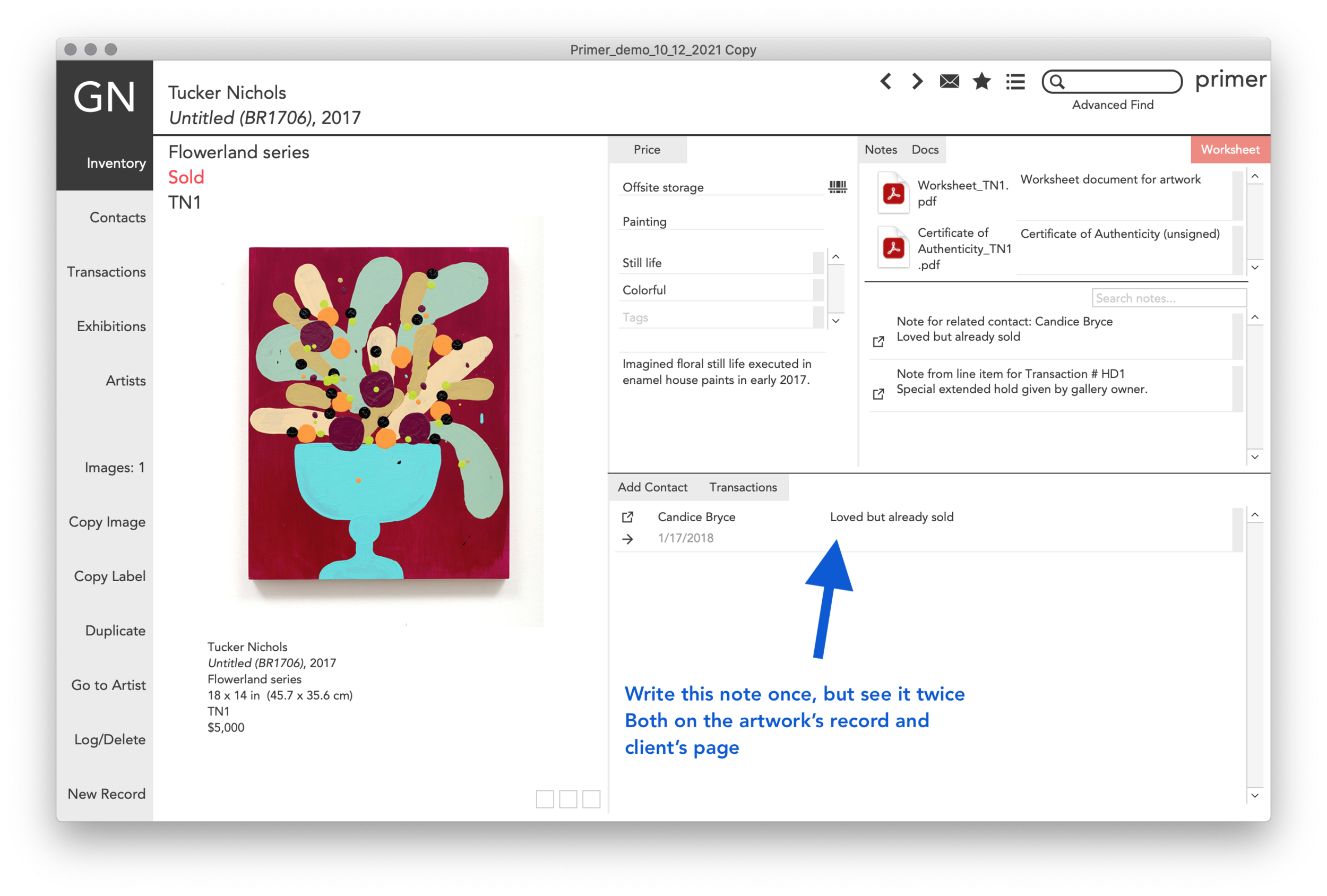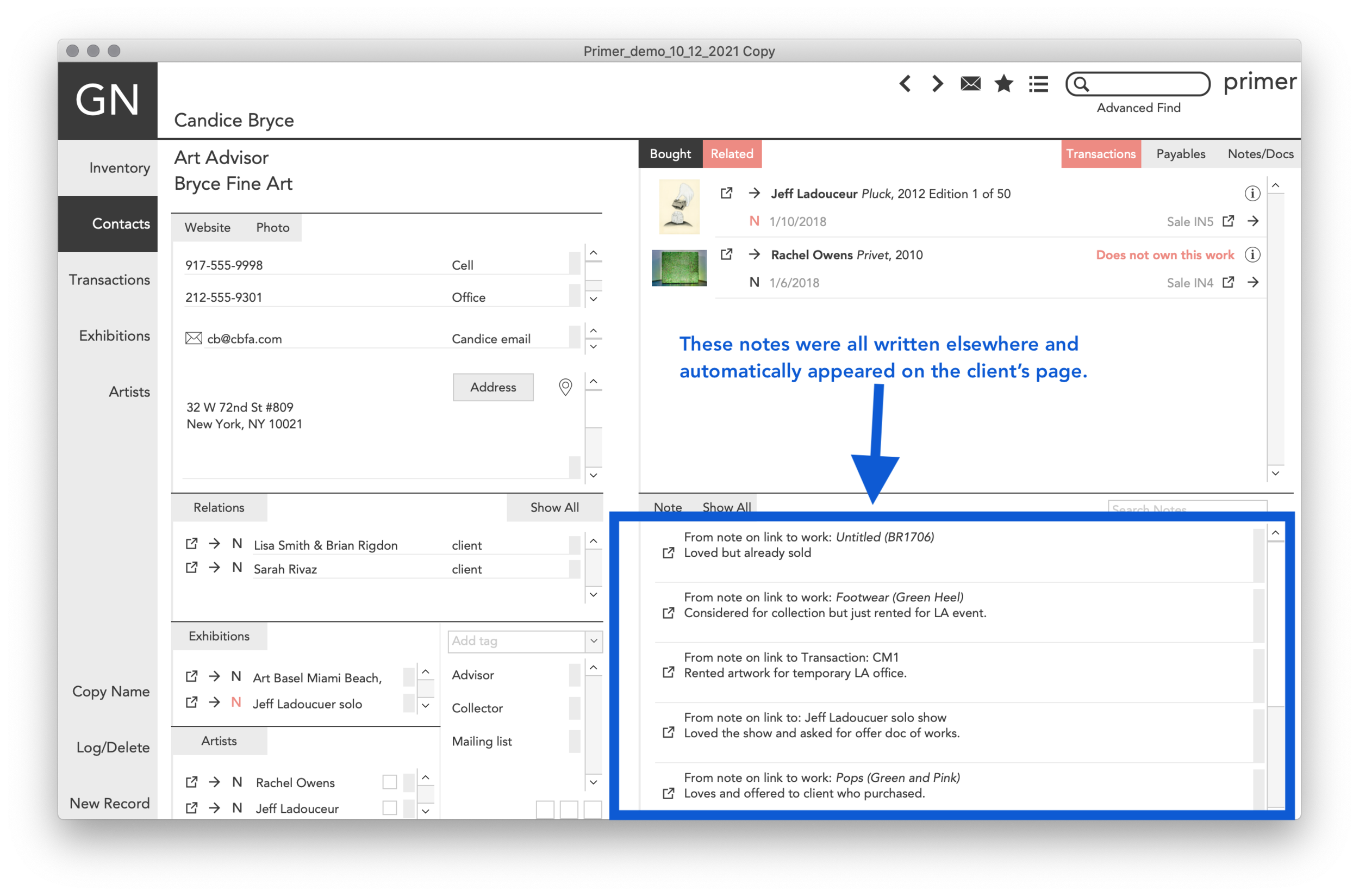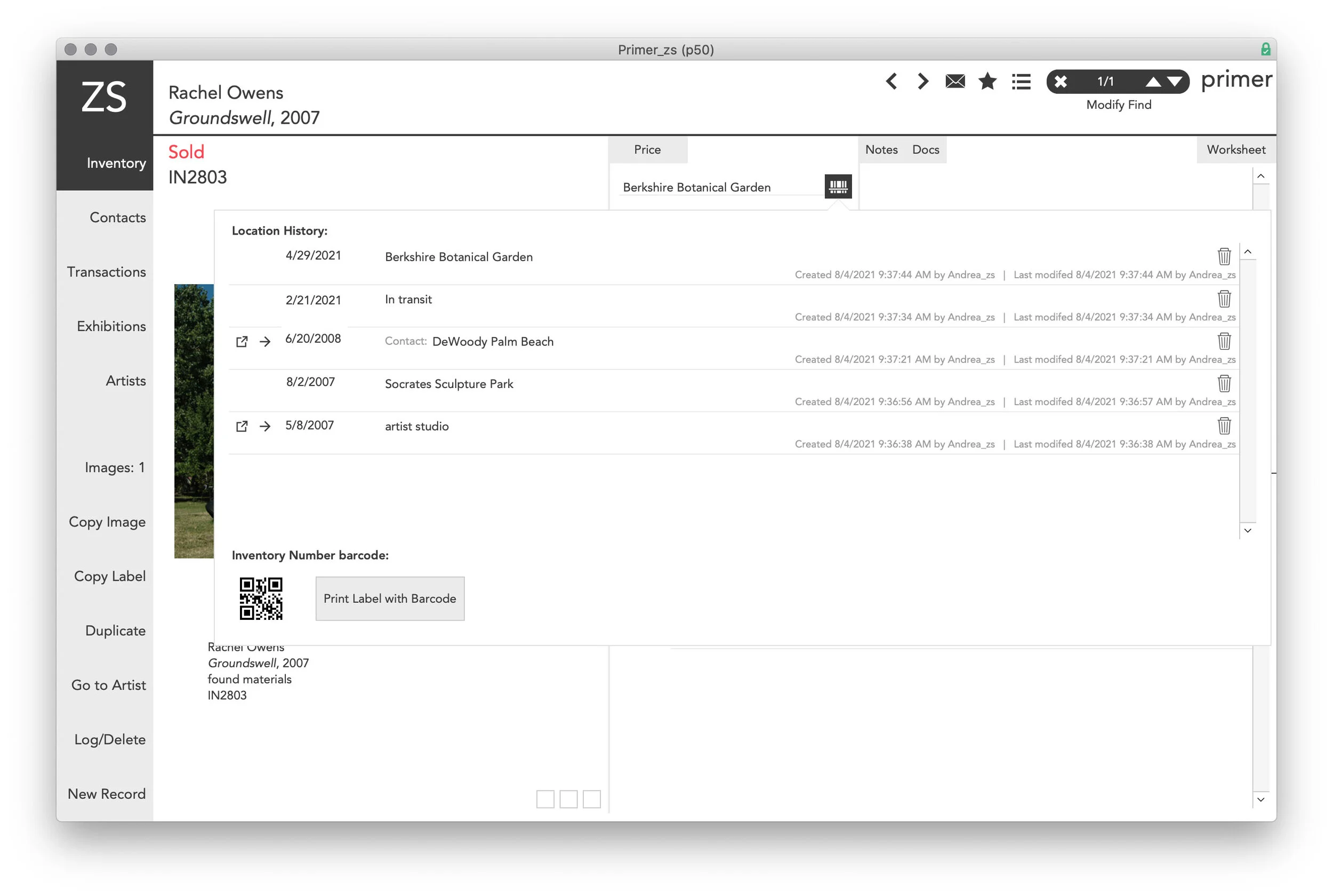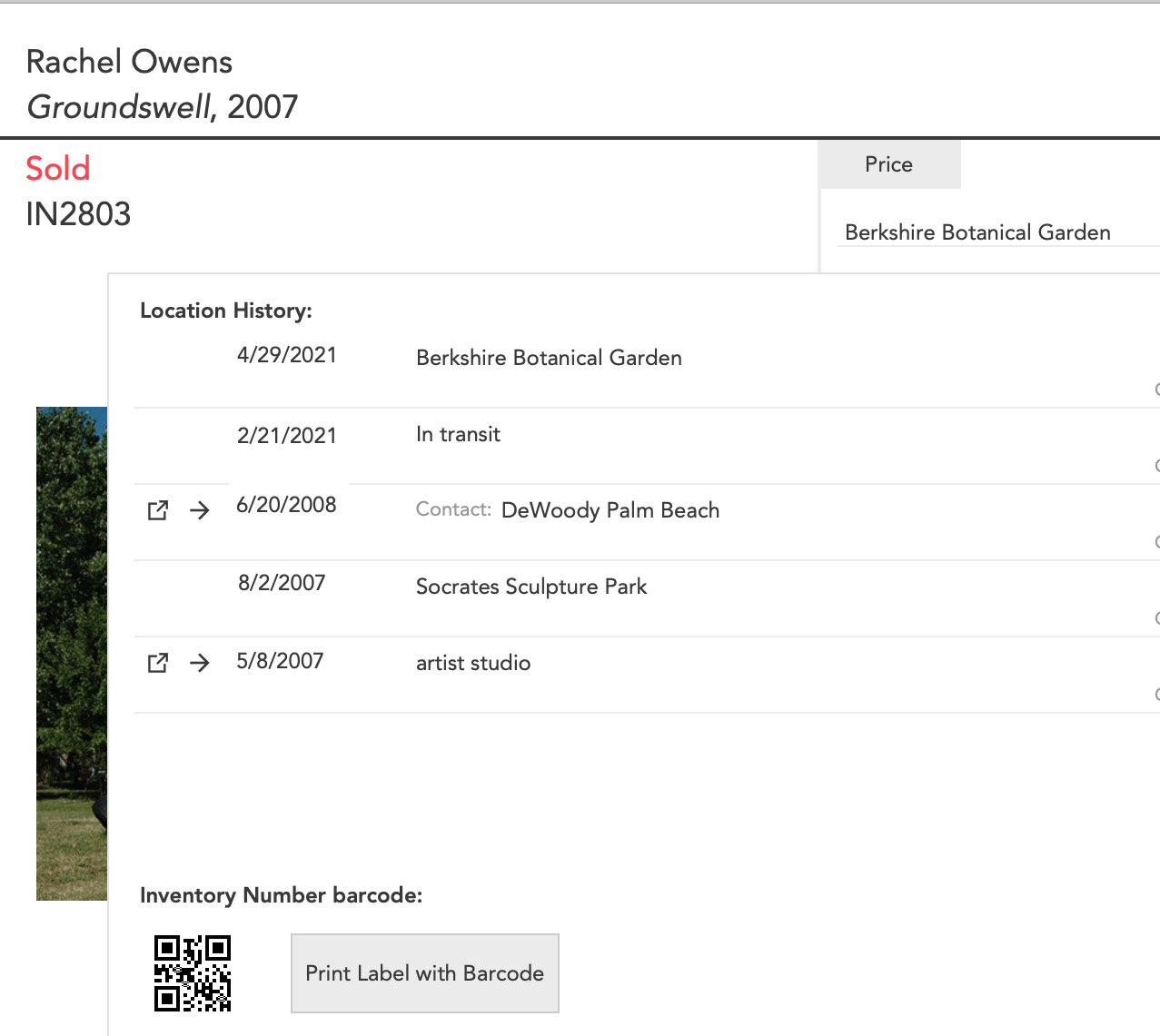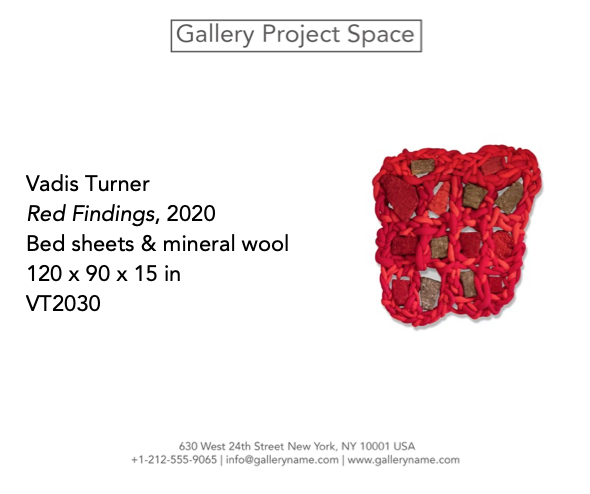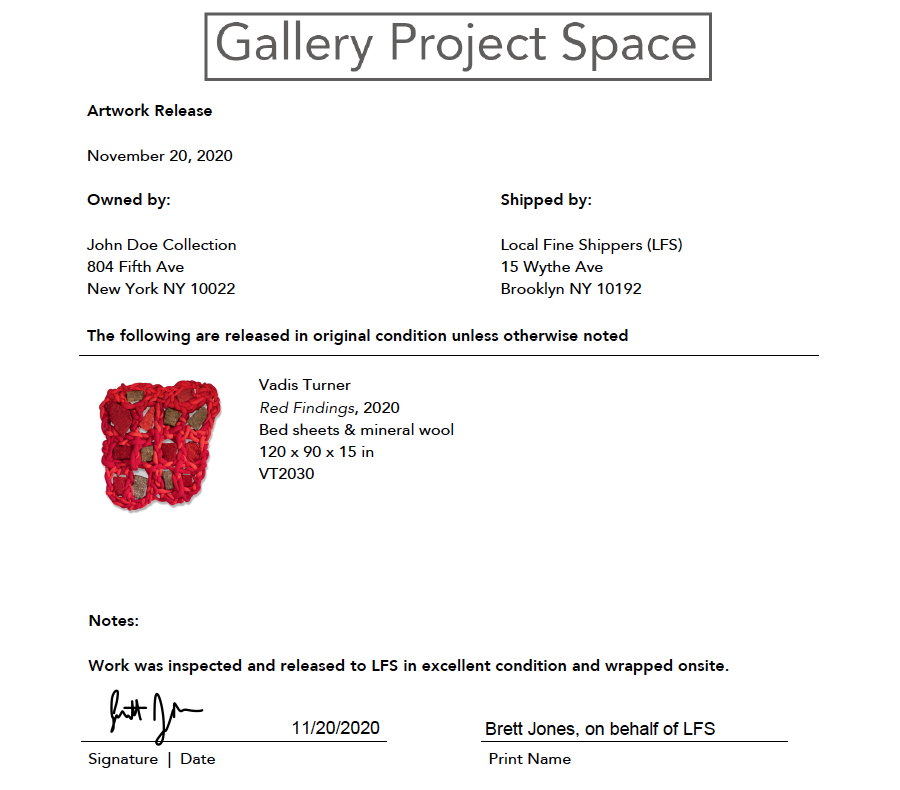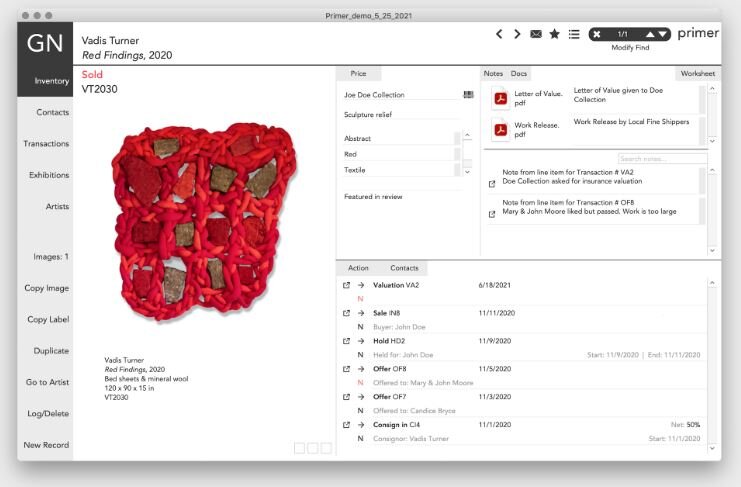ARTnews recently reported "Art Basel Miami Beach Plots Its Largest Edition Ever, With 283 Exhibitors." This amount doesn't account for the exhibitors at other great fairs running simultaneously including 140 at Untitled Miami Beach, 146 at NADA Miami, 155 at Art Miami and more at Context, Scope, etc. Those numbers sound daunting until you pair it with the fact that over 80,000 fair visitors descend on Miami in the week after Thanksgiving.
In preparation, it's worth revisiting some of our tips to be prepared before, during and after the fairs.
1) Choose thre 'right" art fair for you and only participate if you are prepare to put your entire investment down as a marketing expense and as a way to build your potential client lists, musuems connections and even strengthen ties with your fellow dealers in other cities. As a young gallery, NADA might be more beneficial than Art Basel Miami Beach, or perhaps the beachfront vibe of Untitled is best suited for your program. If you are an emerging gallery, look for special opportunities like Untitled's subsidized "Nest" program or Art Basel Miami Beach's Positions. However, you should always prepared for the worst case scenario of zero immediate sales. Sometimes the full financial benefit of a fair isn't quantifiable for a year or more.
2) Use the art fair as an incentive to get great work from in demand artists, to continue momentum for artists in a gap year between solo shows, or as a launching pad for new or lesser known ones. Offering a solo booth in Miami can be an incentive for securing work from a desirable artist that you might share with other galleries. On the flip side, don't stress your artists and bore art fair regulars by asking the same artists for work year after year.
3) Increase your sales potential during the fairs with fast follow-up. Primer users can easily show potential clients available works that are not in the booth and have materials immediately available on those collector's phones. For example, when that visitor leaves to sit down for a coffee in the fair cafe, they may already have a text message with a customized viewing room. Their visit to your booth will stand out and increase the likelihood of a return visit to seal the deal.
4) Sales don't stop when the fairs ends. Primer makes it easy to keep track of the interests and relevant details of potential clients and prompt tailored follow-ups in the months after.
5) As with any large business expenditure, analyze the full cost of the art fair in advance as compared to how else you might spend the same amount of money. If you are simply interested in getting to know a market, you might be better off spending the money to attend as a visitor and maximize your time socializing at events. Perhaps buying an expensive ticket to a high end gala is more beneficial than particpating in an art fair occuring at the same time. (Either way, Primer is there to save the relevant details and give helpful analytics later.)
6) Return next year prepared. When returning to a fair, reach out to those you met in the year prior with VIP offers or previews. It's a meaningful way to reconnect.
The Primer Archives team will be in Miami this December to support our many galleries participating in fairs. Contact us if you would like an in-person meeting. Otherwise, we are always available for personal presentations over Zoom.
